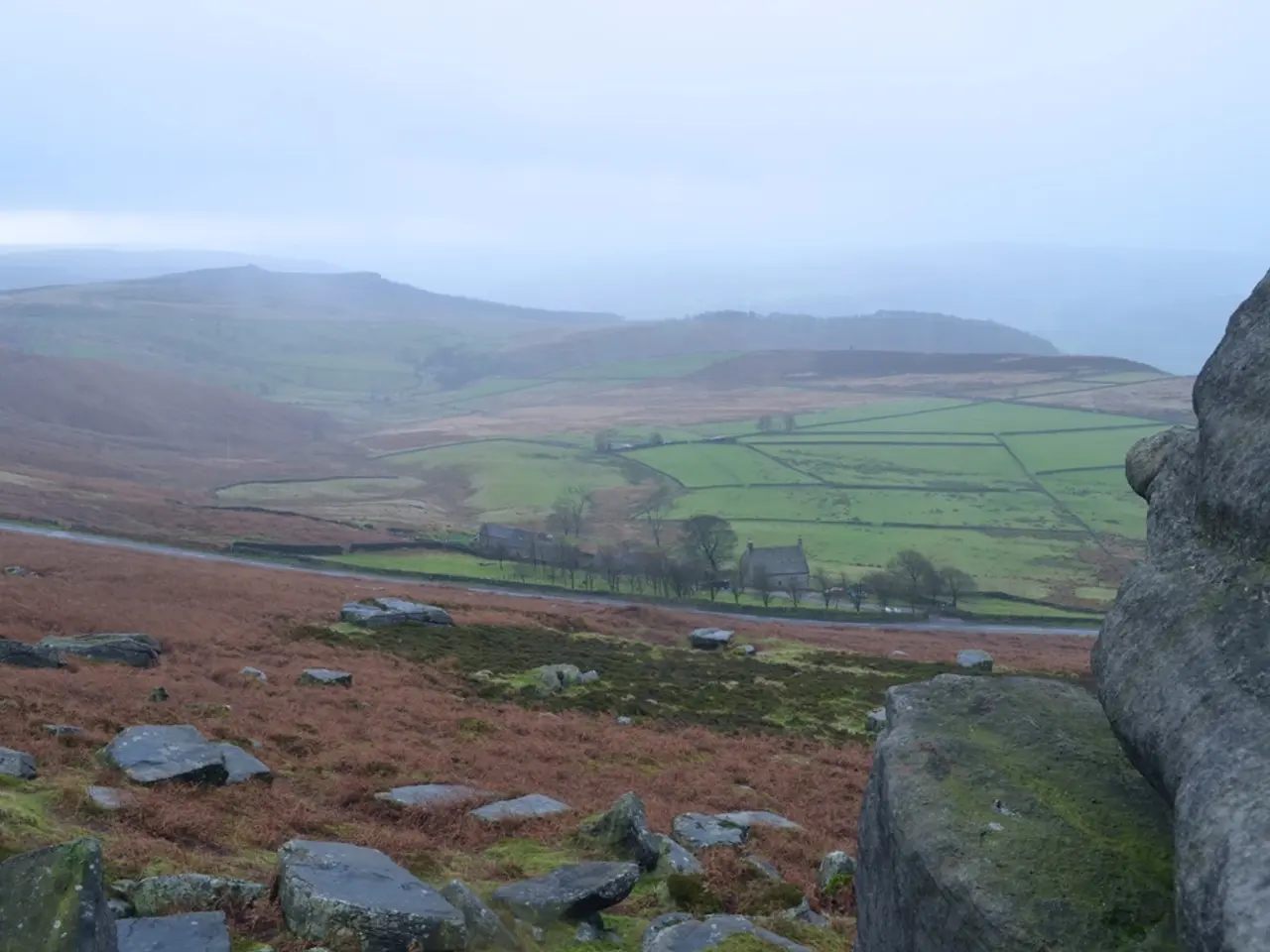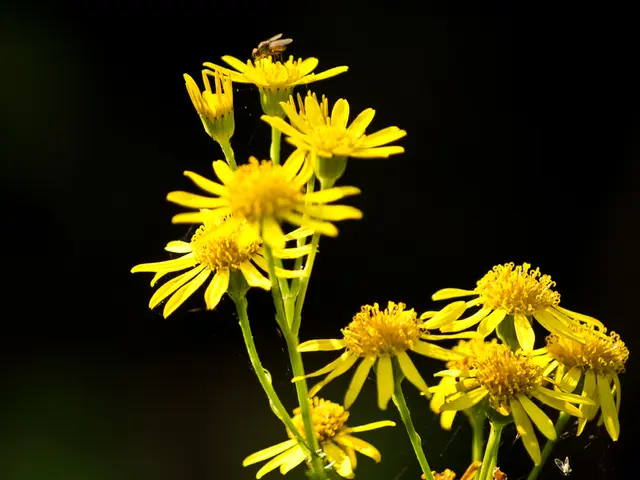The Camino del Norte: An Overview
**Exploring the Camino del Norte: A Journey Through Spain's Green Coast**
Embark on an unforgettable adventure along the Camino del Norte, a historical pilgrimage route in Spain that stretches from Irún in Basque Country to Santiago de Compostela in Galicia. This coastal route, also known as the Ruta de la Costa, offers a unique blend of natural beauty, rich history, and cultural experiences.
The Camino del Norte follows the coastline of Green Spain, passing through four regions: Basque Country, Cantabria, Asturias, and Galicia. Along the way, pilgrims encounter a myriad of landmarks, museums, and religious sites, such as Albaola, the Old Town of San Sebastian, the Basque Coast Geopark, the Monastery of Zenarruza, the Urdaibai Bird Centre, Casa de Juntas, Metropolitan Bilbao, the Bilbao Guggenheim Museum, Castro Urdiales, the Altamira Caves, Palacio de la Magdalena, Santillana de Mar, the Colegiata de Santa Juliana, Fuente Dé, the Camino Lebaniego, and the Monasterio de Santo Toribio.
Asturias, the last region along the Camino del Norte, is home to picturesque fishing villages like Cudillero, perched on the coast within a natural amphitheatre formed by mountain walls, and Luarca, divided by a small river and known for its white houses and colorful fishing boats. The region's coastal paths are a cyclist's paradise, offering breathtaking views and access to the region's stunning beaches.
Planning a trip on the Camino del Norte is best done with a combination of up-to-date digital resources, guidebooks, and access to official pilgrim support. The Wise Pilgrim Camino del Norte App serves as a comprehensive mobile guide, covering the full route from Irun to Santiago de Compostela. The app includes over 900 accommodations (albergues, hotels, camping), detailed offline and online maps, scrollable elevation profiles, and user comments for real-time updates.
Guidebooks provide detailed route descriptions, stage breakdowns, accommodations, restaurants, local tips, and information on highlights and historical sites. Many tour operators or local agencies offer guidebooks and welcome packs for self-guided pilgrims, including maps to accommodations, suggested restaurants, and emergency contacts.
Camino Information Centers and Pilgrims’ Offices provide official credentials (pilgrim’s passport), stamps, route advice, and up-to-date information on accommodation availability. These centres are found in major towns and at the start and end of the Camino routes (often at cathedrals, monasteries, or tourist offices).
Santiago de Compostela, the destination of the Camino de Santiago, is where the relics of St James the Apostle are housed in the Santiago Cathedral. The city serves as the end of the pilgrimage and the culmination of the journey for many.
The Camino del Norte is less crowded than the Camino Frances, offering a more solitary experience for pilgrims. However, the route is considered more challenging due to its hilly and mountainous coastal terrain. The Camino del Norte is prone to humid Atlantic weather, with rain being likely at any time of year and strong coastal winds.
Playa de las Catedrales, in Ribadeo, Galicia, is a stunning beach famed for its bizarre rock formations and caves. It's a protected site, and visitors need to apply for a permit online to get access.
In summary, the Camino del Norte offers an extraordinary journey through the stunning landscapes of Green Spain. With the right resources and careful planning, pilgrims can embark on an unforgettable adventure that combines history, culture, and natural beauty.
- To grasp the unique experiences of the Camino del Norte, supplement your travel with guides offering tips on food, culture, and adventure along the route.
- As you journey through the picturesque landscapes of Spain's north coast, don't forget to indulge in local cuisine and explore health-and-wellness options, such as fitness-and-exercise opportunities and lifestyle hubs along the way.
- For an added layer of adventure, consider incorporating sports into your Camino del Norte travel plans, as many coastal paths are ideal for cyclists or runners seeking breathtaking views and challenging terrain.
- When it comes to booking accommodations on the Camino del Norte, utilize mobile apps for up-to-date listings, including hotels, albergues (pilgrim hostels), and camping sites, ensuring a comfortable stay during your journey.
- Enrich your experience by dropping into Camino Information Centers or Pilgrims’ Offices along the route, as they provide essential resources like stamps, route advice, and accommodations information, as well as offering a connection to the local community and culture of each region.
- Finally, don't miss exploring the science and history behind the Camino del Norte's sites, such as the Bilbao Guggenheim Museum, the Urdaibai Bird Centre, and the Altamira Caves, which offer fascinating insights into the region's heritage.




